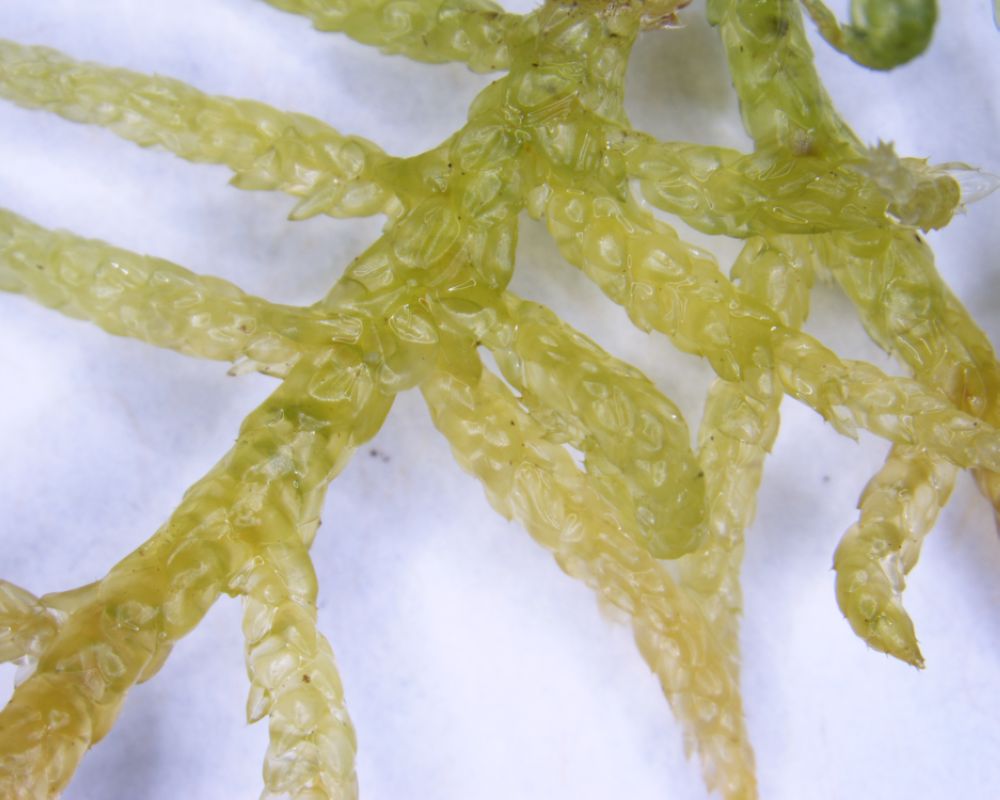
image from: https://www.researchgate.net/figure/Trichosteleum-stigmosum-Mitt-Sematophyllaceae-1-habit-with-sporophytes-2-branch_fig1_272536394
Introduction
In the vast and captivating world of bryophytes, the

image from: https://www.researchgate.net/figure/Mature-papillae-A-Conical-papillae-in-Trichosteleum-singapurense-B-Conical-papillae_fig2_232685144
Trichosteleum singapurense M.Fleisch. moss stands out as a remarkable representative of the

image from: https://www.researchgate.net/figure/Figuras-58-66-Trichosteleum-papillosum-e-T-sublaevigatum-58-61-Trichosteleum_fig3_264879602
Sematophyllaceae family. This unassuming yet fascinating moss, commonly referred to as Trichosteleum, has captured the interest of enthusiasts and researchers alike with its unique characteristics and ecological significance.
Background
Before delving into the intricacies of this moss, it’s essential to understand its taxonomic classification. Trichosteleum singapurense M.Fleisch. belongs to the phylum Bryophyta, which encompasses all mosses, liverworts, and hornworts. Within this phylum, it is part of the class Bryopsida, the true mosses.
Main Content
Morphology and Identification

image from: https://www.semanticscholar.org/paper/Two-new-moss-species,-Trichosteleum-fleischeri-and-Tan-Ho/1a62030328dab621bae702e54b9fbb265b3b1eff/figure/1

image from: https://taieol.tw/muse/digi_object/5c288503a07b98ea98b8f1ea8f885b55
Trichosteleum singapurense M.Fleisch. is a small, delicate moss that forms dense mats or cushions. Its slender stems are adorned with tiny, overlapping leaves that create a feathery appearance. The leaves themselves are narrowly lanceolate in shape, with a distinctive midrib running along their length. When viewed under a microscope, the leaf cells reveal a intricate pattern of hexagonal shapes, adding to the moss’s unique beauty.

image from: https://www.researchgate.net/figure/Mature-papillae-A-Conical-papillae-in-Trichosteleum-singapurense-B-Conical-papillae_fig2_232685144
Global Distribution and Habitat
This moss is widely distributed across various regions, including Southeast Asia, Australia, and the Pacific Islands. It thrives in moist, shaded environments, often found growing on tree trunks, rocks, or soil in tropical and subtropical forests. Trichosteleum singapurense M.Fleisch. is particularly well-adapted to the warm and humid conditions of these habitats, making it a resilient and successful colonizer.
Ecological Roles and Adaptations
Despite its diminutive size, Trichosteleum singapurense M.Fleisch. plays a crucial role in its ecosystem. As a pioneer species, it helps stabilize and enrich the soil, creating favorable conditions for other plants to establish themselves. Additionally, its dense mats provide a microhabitat for various invertebrates, contributing to the overall biodiversity of the area.
One of the remarkable adaptations of this moss is its ability to withstand desiccation. During dry periods, it can enter a state of dormancy, curling its leaves inward to conserve moisture. Once favorable conditions return, Trichosteleum singapurense M.Fleisch. quickly revives, showcasing its resilience and ability to thrive in challenging environments.

image from: https://enciclovida.mx/especies/136980-trichosteleum
Case Studies/Examples
In a recent study conducted in the Bukit Timah Nature Reserve in Singapore, researchers discovered a diverse array of bryophyte species, including Trichosteleum singapurense M.Fleisch. The moss was found growing abundantly on the bark of various tree species, highlighting its importance in the local ecosystem.

image from: https://blogs.ubc.ca/biology321/?page_id=4773
Technical Table

image from: https://www.academia.edu/76753578/Two_new_moss_species_Trichosteleum_fleischeri_and_Splachnobryum_temasekensis_from_Singa_pore

image from: https://www.researchgate.net/figure/Epiphytic-bryophytes-in-the-study-area-Acrocarpous-mosses-A-Fissidens-hollianus-B_fig4_369764291
| Characteristic | Description |
|---|---|
| Phylum | Bryophyta |
| Class | Bryopsida |
| Family | Sematophyllaceae |
| Genus | Trichosteleum |
| Species | singapurense M.Fleisch. |
| Growth Form | Dense mats or cushions |
| Leaf Shape | Narrowly lanceolate |
| Leaf Cells | Hexagonal pattern |
| Habitat | Moist, shaded environments |
| Distribution | Southeast Asia, Australia, Pacific Islands |